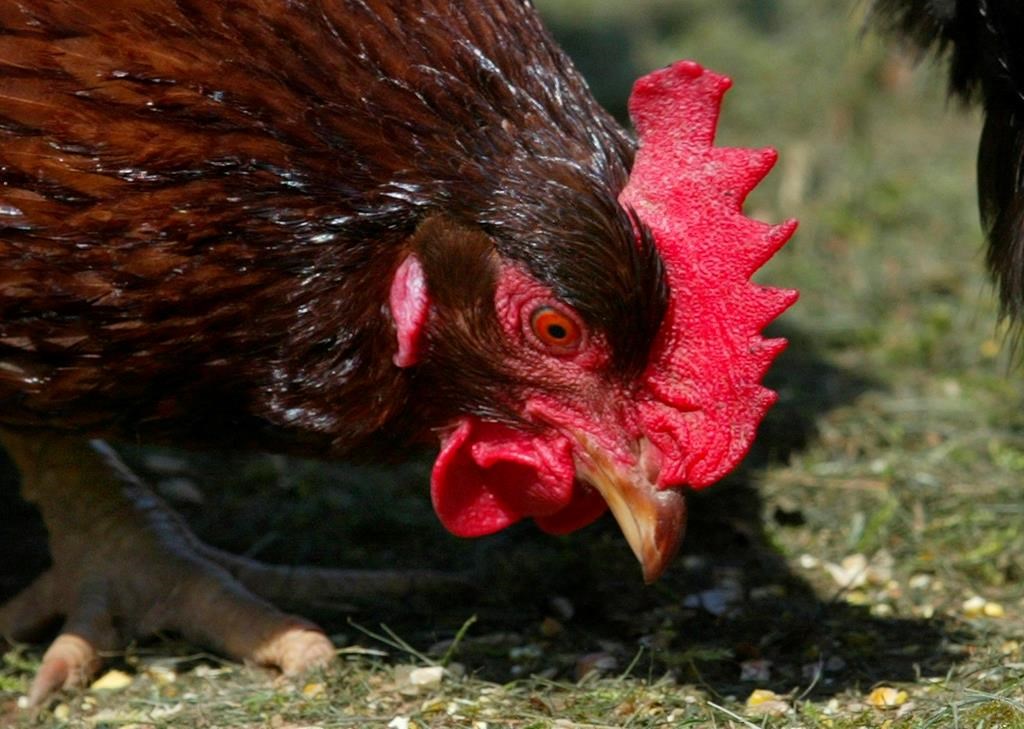For the second time this fall, the government of Saskatchewan is extending the animal health control order as they continue to fight avian influenza.

So far in 2022, 25 avian influenza cases have been reported in the province, primarily amongst domestic poultry.
“Avian influenza is a virus that’s been circulating through our wild bird population and impacting domestic poultry here for the past year,” said Saskatchewan’s chief veterinary officer Stephanie Smith.
“Now, in the fall, we’re seeing a resurgence again during fall migration periods.”
The order was set to expire on Oct. 21 but will now remain in place. It prohibits the movement and participation of birds in shows, auctions and agricultural fairs, as well as any other events where birds would be brought together from multiple locations.
Smith said the decision to extend the order is due to the current strain of the virus having a very high mortality rate and to slow the spread down as wild birds fly south for the winter.
“We still have a high-risk period during fall migration, which will typically be into the middle of November or so … we’re seeing a higher risk for cases and it is resulting in a number of outbreaks,” she said.

Get breaking National news
“We’re putting this this order extension in place so that we can try to reduce any of these events where we might see co-mingling of birds and potential spread of disease.”
The order has been extended until Nov. 17, at which time the government will reassess the situation and potentially extend the order once again.

Smith said it can be difficult at times to detect the virus, especially in 2022.
“With this specific strain that’s circulating right now, it has a very high mortality rate,” Smith explained. “So oftentimes what people are seeing when their birds are infected is just simply finding birds that have died.
“With avian influenza, it can look like everything and anything so you can see things like decreased egg production if you have birds that are laying eggs. You can see birds that are just off feed, not doing well. They might have a purple comb or wattle. They just don’t look like themselves. But more often than not, what we’re seeing now is just simply a large number of dead birds, unfortunately.”
Poultry producers and small flock owners are reminded to follow all necessary biosecurity protocols to protect their flocks from the disease. Small flock owners are encouraged to confine their birds indoors, if possible, during wild bird migration. Producers should contact their veterinarian immediately if they have concerns about the health status of their flocks
Further information on how to protect flocks and recognize the disease is available on the Government of Saskatchewan’s website.












Comments